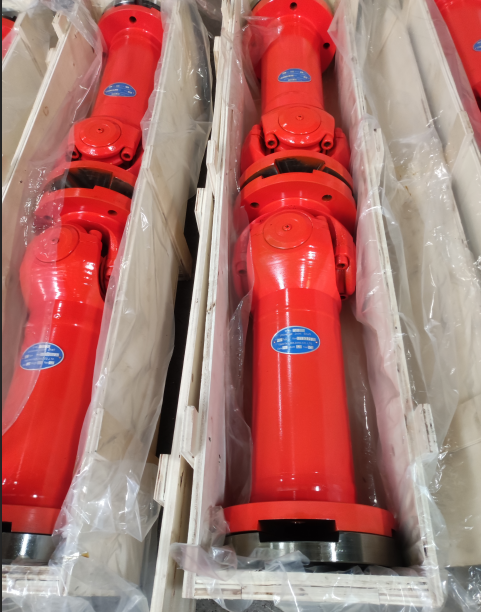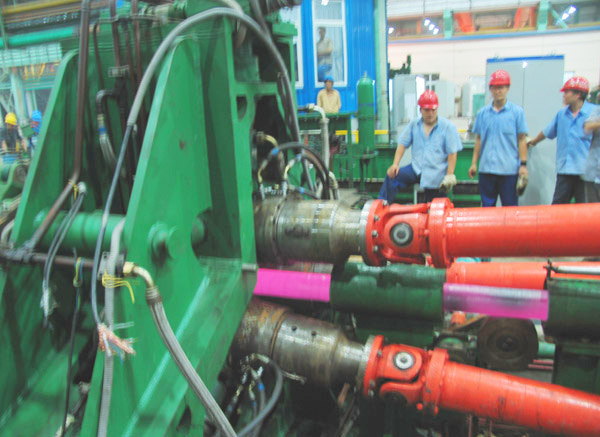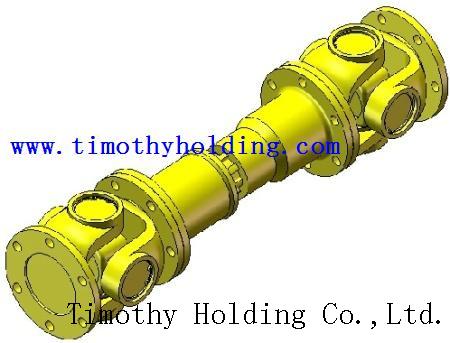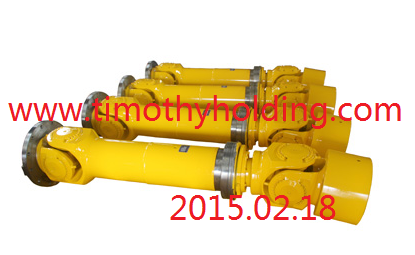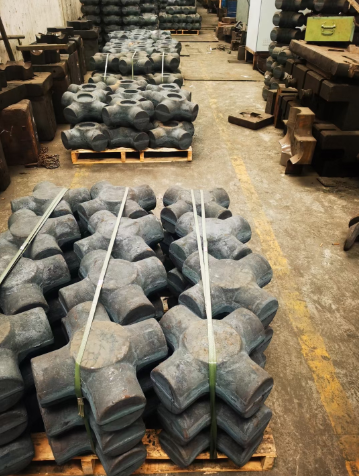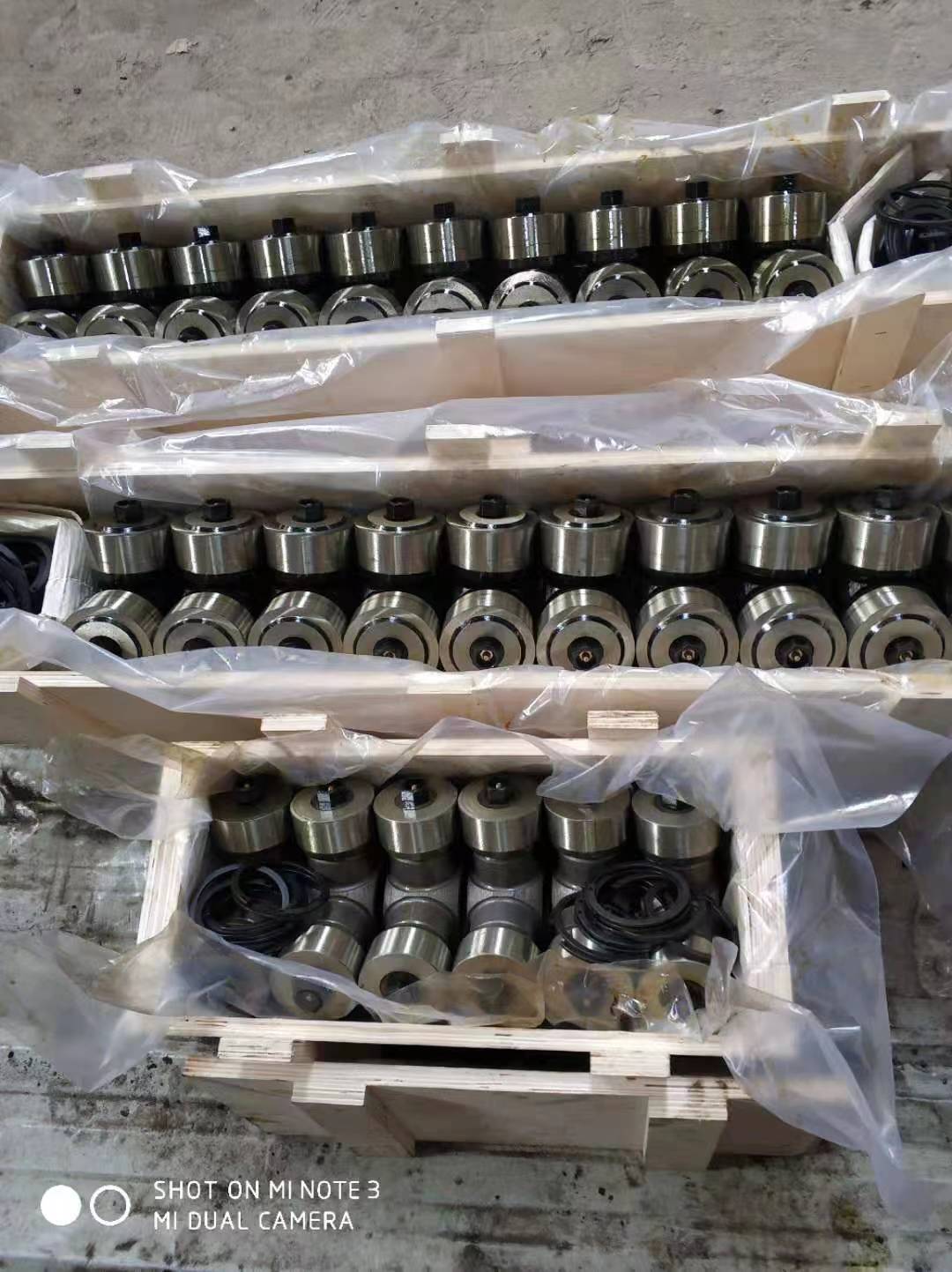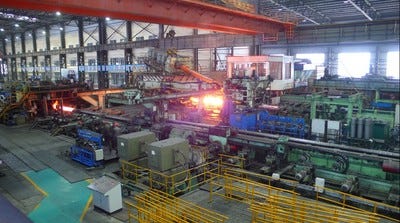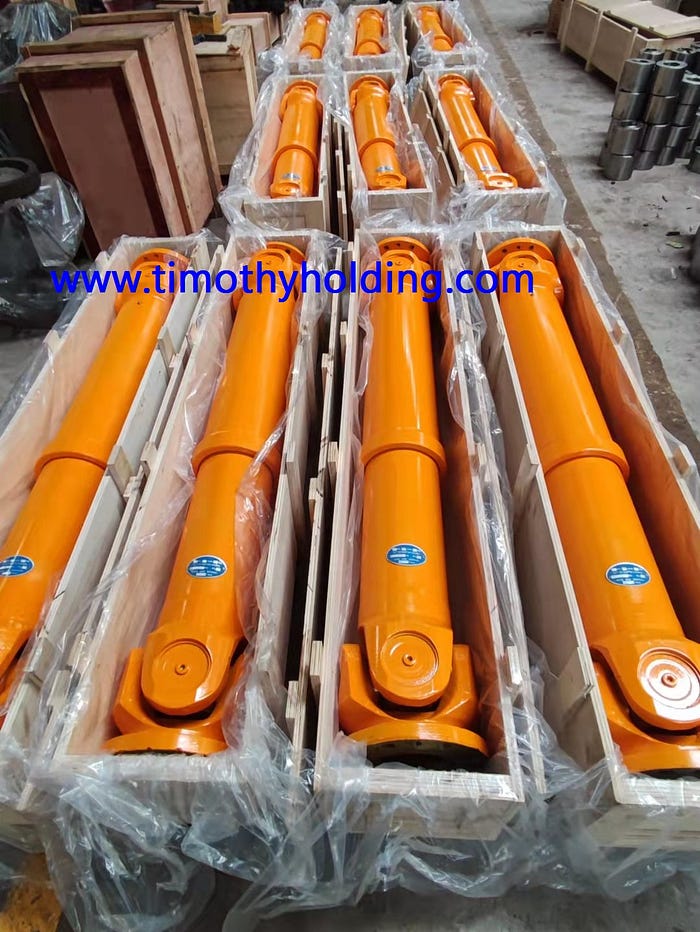Manufacturing Process of Steel Mill Rolls
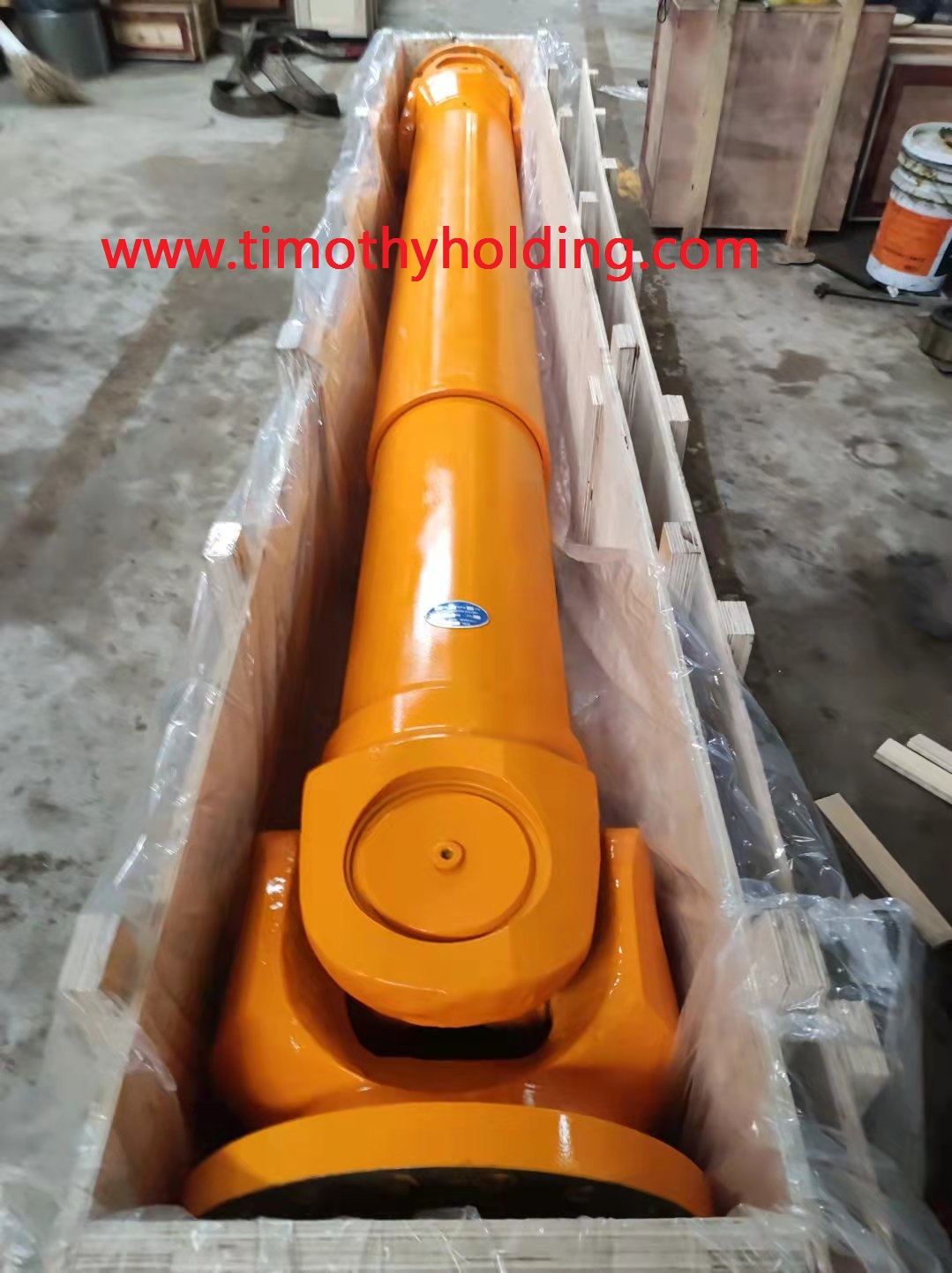
Manufacturing Process of Steel Mill Rolls
The manufacturing process of steel mill rolls involves several steps, each aimed at producing rolls with the required properties and characteristics. The process starts with the selection of suitable materials, followed by the shaping and heat treatment of the rolls.

Material Selection: The choice of material depends on factors such as the type of rolling process, the operating conditions, and the desired roll performance. Common materials used for steel mill rolls include forged steel, cast steel, and tungsten carbide. Each material has its advantages and limitations, and the selection is made based on the specific requirements of the application.
Shaping: Once the material is selected, it is shaped into the desired roll form. This can be done through various methods, including forging, casting, or machining. Forging involves shaping the material through the application of heat and pressure, resulting in a strong and durable roll. Casting, on the other hand, involves pouring molten metal into a mold to create the desired shape. Machining is used to refine the shape and dimensions of the roll, ensuring its accuracy and precision.
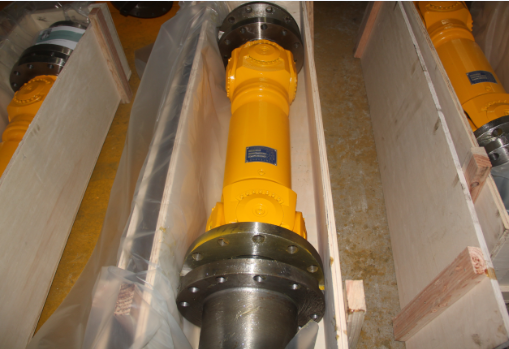
Heat Treatment: Heat treatment is an essential step in the manufacturing process, as it helps enhance the mechanical properties of the roll. The heat treatment process involves heating the roll to a specific temperature and then cooling it rapidly or slowly, depending on the desired properties. Heat treatment can improve the hardness, strength, and wear resistance of the roll, ensuring its longevity and performance
The manufacturing process of steel mill rolls requires precision and expertise to ensure the production of high-quality rolls that can withstand the demanding conditions of the steel industry.
Contact Name:August
Mobile Phone:+86-13758897904
Address:55# Jinshi Road ,Lecheng Industrial Park,Yueqing City,Zhejiang provice,China

